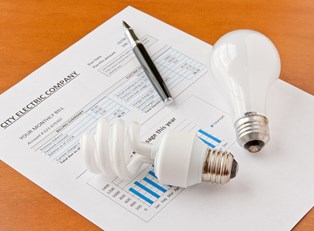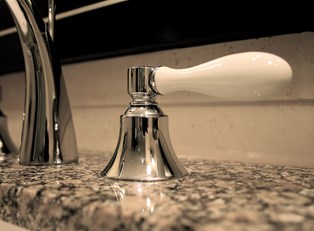There are countless ways to improve your home and make it more enjoyable, but some just aren’t worth the financial investment. Some improvements are money pits because they don’t appeal to future buyers, and others just aren’t cost-effective.
- Putting in a Pool
Certain projects are viewed as nothing more than a liability by buyers. The top example would be a backyard pool. In-ground pools can be a hit or a miss. Some buyers avoid properties with pools because of the maintenance, ongoing cost, and liability. On the other hand, pools can add value to your property. While you may feel the upfront costs of a pool are worth it though, future buyers may only see upkeep and resurfacing costs down the road.
- Garage Redo
Adding on a room to your house can increase your square footage and the value of your home. But when that addition comes at the expense of a garage, the value might not increase. Some garages have been turned into family or play rooms; yet, the majority of buyers wish to have a place to keep their car out of the elements, as well as a place to keep dirty outdoor equipment. With renovation costs that can quickly escalate due to wiring and carpentry, a garage redo is usually an investment best avoided.
- Covering Up Your Floors
Hardwood floors are currently in vogue. Covering them up with carpet can be an costly expense, and a can actually reduce the value of your home. Carpeting in bedrooms is understandable, but if you aren’t a fan of your hardwood in the dining or living rooms, invest is a good quality rug instead. It can be changed out and moved more easily. Plus, you can show off those hardwood floors to potential buyers.
- Roof Replacements
Have some shingles or roofing tiles that are missing or need to be replaced? Any kind of roof repair typically needs the expertise of a professional, especially if you wish to prevent rot or leakage that could lead to larger more expensive problems. Replacements are sometimes necessary, particularly if your house is older, but with an average recoupment of only 50%, roofs can also be a budget pitfall.
- Entry Statement
While you might think fiberglass doors are more aesthetically appealing, we can all agree that they’re more expensive, sometimes by as much as three times the price of steel doors. This large investment doesn’t come with a great return, however. On average, a fiberglass door loses as much as 50% of its value upon installation. Cheaper steel doors, however? They retain as much as three-quarters of their value.
- Over-Customization
Though we usually encourage you to make your home how you want it, overly customizing every aspect can actually work against you when trying to sell your home. Having a different color palette in each room, a particularly bold backsplash in the kitchen or tile installation in the bathroom, or even completely custom cabinetry can lower the value of your home in the event that you sell it. Opt for more neutral tones or at least consistency; this appeals to a wider audience of potential buyers should you ever wish to sell your home. Things like custom cabinetry can be difficult to replace or repair. Opt instead for semi-custom options such as out-of-the-showroom cabinets fitted with custom doors.
- Upscale Additions
Updating your kitchen and bathroom appliances and fixtures is typically a good thing. You will want to be careful that you don’t go overboard, however. Incredible stainless steel appliances, heated floors, and expansive marble countertops can add some value to your home. Yet, the bulk of that value comes from the homes size, location, and surrounding neighborhood. You don’t want to overprice your home for your area or take a lower bid and lose high-end investment that you made.
- Special Purpose Room Renovations
If your older children have since moved out of the house, you may be tempted to turn their bedroom into a special purpose room such as a library or wine cellar. Potential homebuyers will most likely prefer to have the original bedroom rather than lose the square footage to a non-living space. Having to undo the work and money you spent in specifications can be a complete loss of time, energy, and investment.
- Reducing Storage
It may seem like a great idea to take the second closet out of a bedroom and have more living space, but the next buyer may not agree. Any conversion of space from one use into another carries possible pitfalls. Adding in offices at the expense of closets, for instance, can be a detriment to housing value. People can’t get enough storage so you should tread carefully before eliminating any of yours.
- Master Suite or Kitchen Remodels
Bathrooms and kitchens can be tricky remodels. If you aren’t careful, the cost for these gadget-laden rooms can escalate quickly out of control. Additionally, realtor associations estimate that the return on investment for these rooms at only 59% and 65%. And that’s not including any over-customizations we discussed earlier in this list. A safer bet on returns for remodels include finishing out basements or adding rooms in attics, both recouping 70% returns or more on average while costs are kept relatively low.
Any of these home improvements may be the right choice for you, and you can certainly invest in them if it’s what you really want. However, you should do so with full knowledge that you probably will not recoup your investment. If you’re planning on selling anytime in the next decade, all of these improvements should most likely be avoided.



